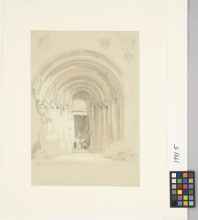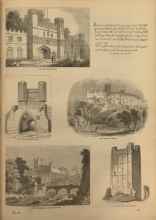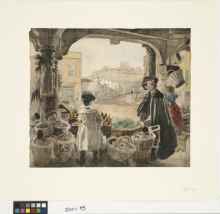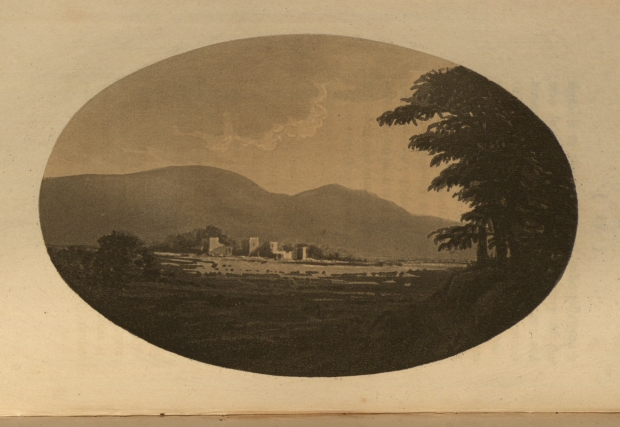Grand West Entrance, Jedburgh Abbey, September 19th, 1846
Following her trip to Scotland in 1803, Dorothy Wordsworth—English author, poet, diarist, and sister to William Wordsworth—stayed near Jedburgh Abbey in accommodations provided her by the Scottish poet and novelist Walter Scott. In her diary, she noted the following:






